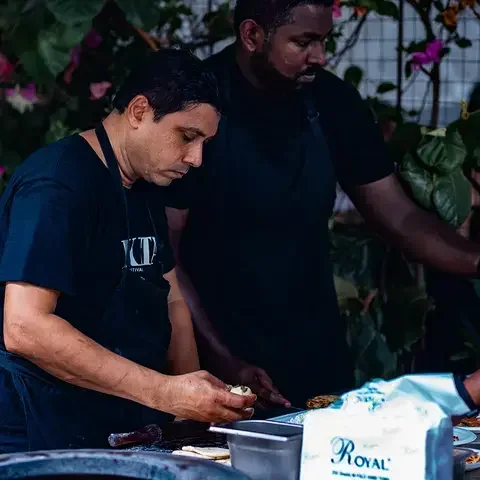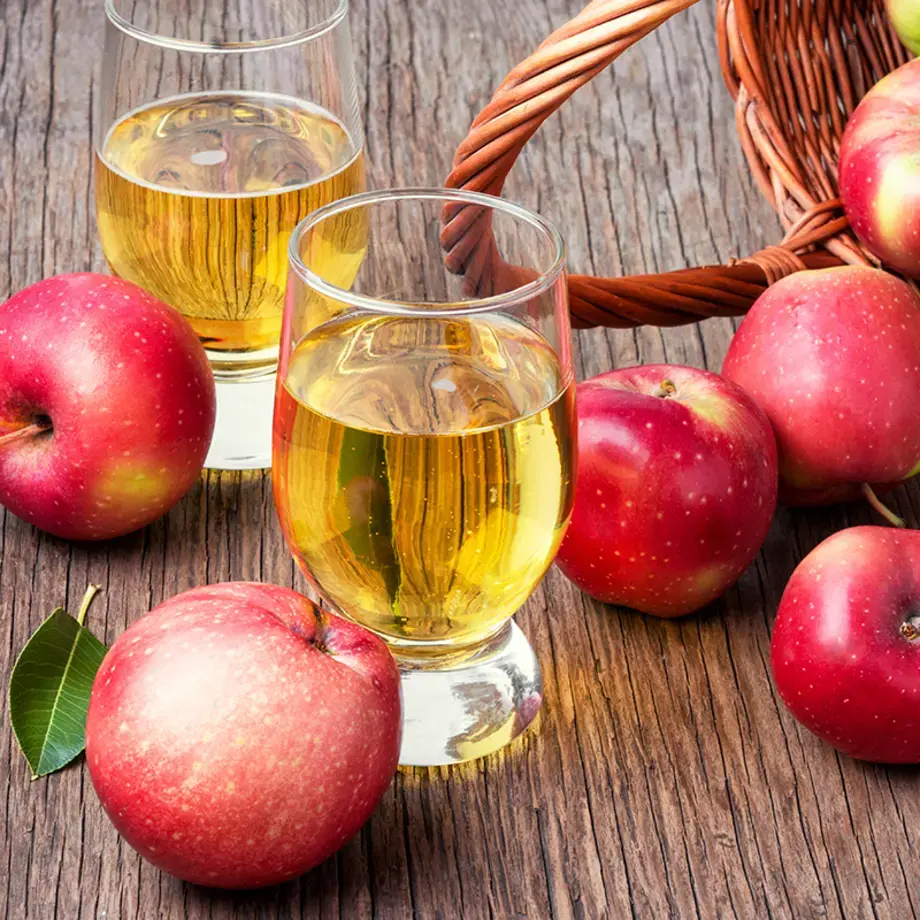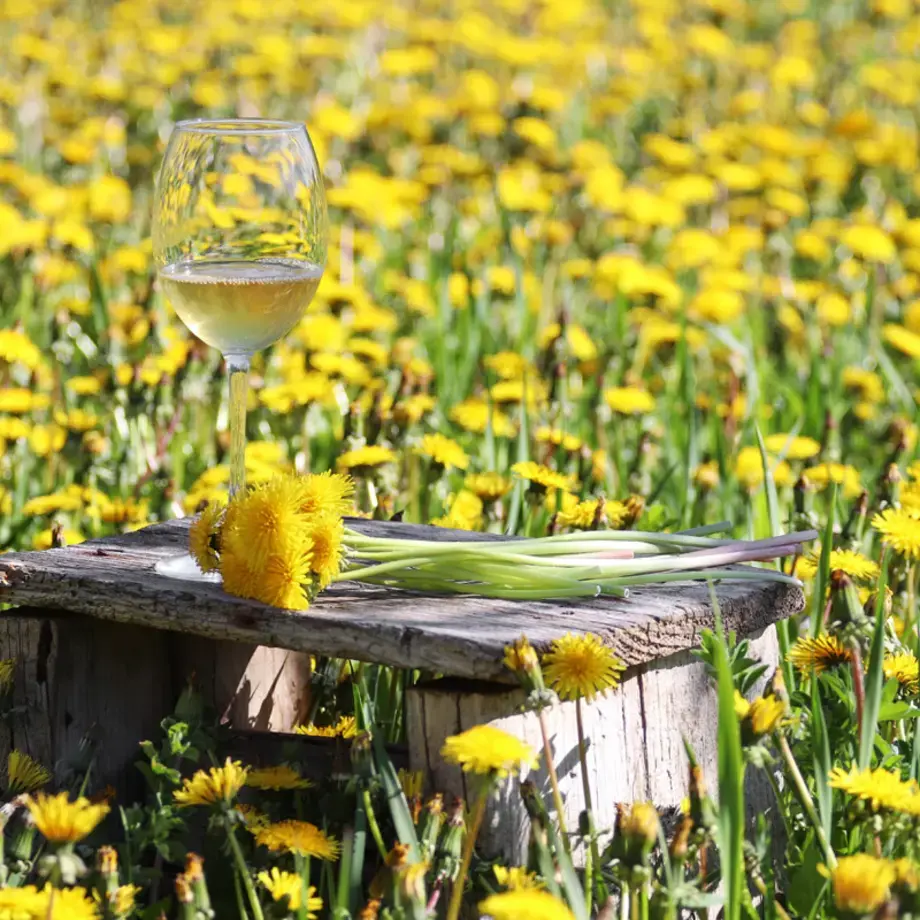Cutting-edge Copenhagen is soaked with non-alcoholic drinks offerings, and if you’re looking for high-level creativity in the alcohol-free space then Alchemist is your go-to. The innovative restaurant’s ‘Botanica’ offering consists of seven kombuchas and fermented, fruit-infused waters, like rooibos and mango kefir, and you can be sure that the people serving it are just as enthusiastic as you are about sampling it. “A large part of our front-of-house staff are trained tea sommeliers, and during this process, we also discovered Chinese medicine and the idea of bringing balance between the strong, sweet, sour, slightly salty, and pungent flavours – and thinking about fermentation as the tool that controls them,” says general manager Lykke Metzger, who has spearheaded the beverage program at Alchemist.
Central
At Virgilio Martínez and Pía León’s peerless Lima restaurant, the beverage team works closely with Mater Iniciativa, the restaurant group’s research arm, to incorporate ingredients from the sea, coast, highlands and jungle, always looking to highlight Peru’s biodiversity. The non-alcoholic pairing at Central includes an avocado and passion fruit drink that helps to balance out the creaminess and acidity, or lack thereof, of certain dishes, and a drink of fermented pineapple with corn that provides texture for seafood dishes. Others combine coastal ingredients with herbs that grow high above sea level.
Disfrutar






















